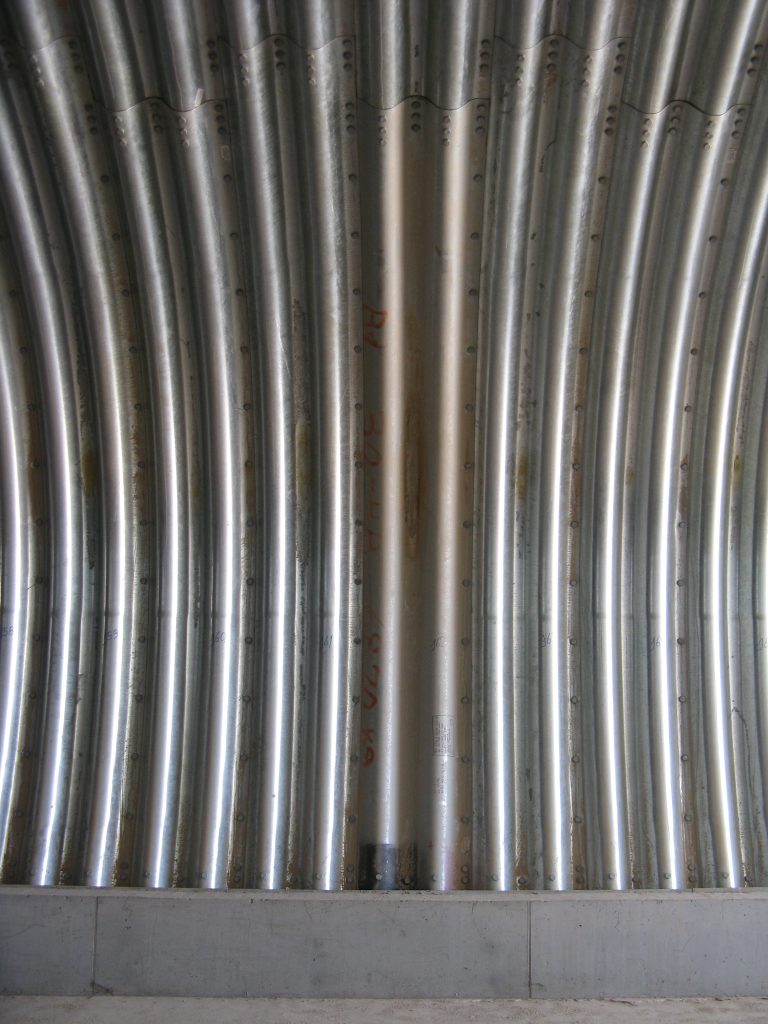Analysis of a Steel Pipeline in a Seismically Active Region

The Carlsbad Desalination Project uses a pipeline to deliver water from a seawater desalination plant located near sea level to the San Diego County Water Authority’s Second Aqueduct connection facility located at an elevation of about 560 ft above sea level. The approximately 10-mile long steel pipeline is 54 inches in diameter, has a wall thickness varying from 0.500 to 0.895 in., and is joined with double lap welds. Along the pipeline alignment there are simple bends, compound bends, and tees. In addition, certain parts of the pipeline are installed within a steel casing in a tunnel. The authors analyzed the stress states of the pipe walls and of the double lap welded joints, assessed the thrust restraint behavior of the pipe, and analyzed the stresses and strains in areas where the pipeline is shielded by tunnel casing and incorporates a tee connection. These analyses accounted for the effects of combined loads resulting from internal working and transient pressures, temperature change, and seismic longitudinal strains and curvatures of the soil on the pipeline. This paper discusses the analytical procedures used in the stress analyses, including material nonlinearity and pipe-soil interaction, for pressure pipelines subjected to seismic wave propagation effects.
Publisher
ASCE 2015 Pipelines Conference